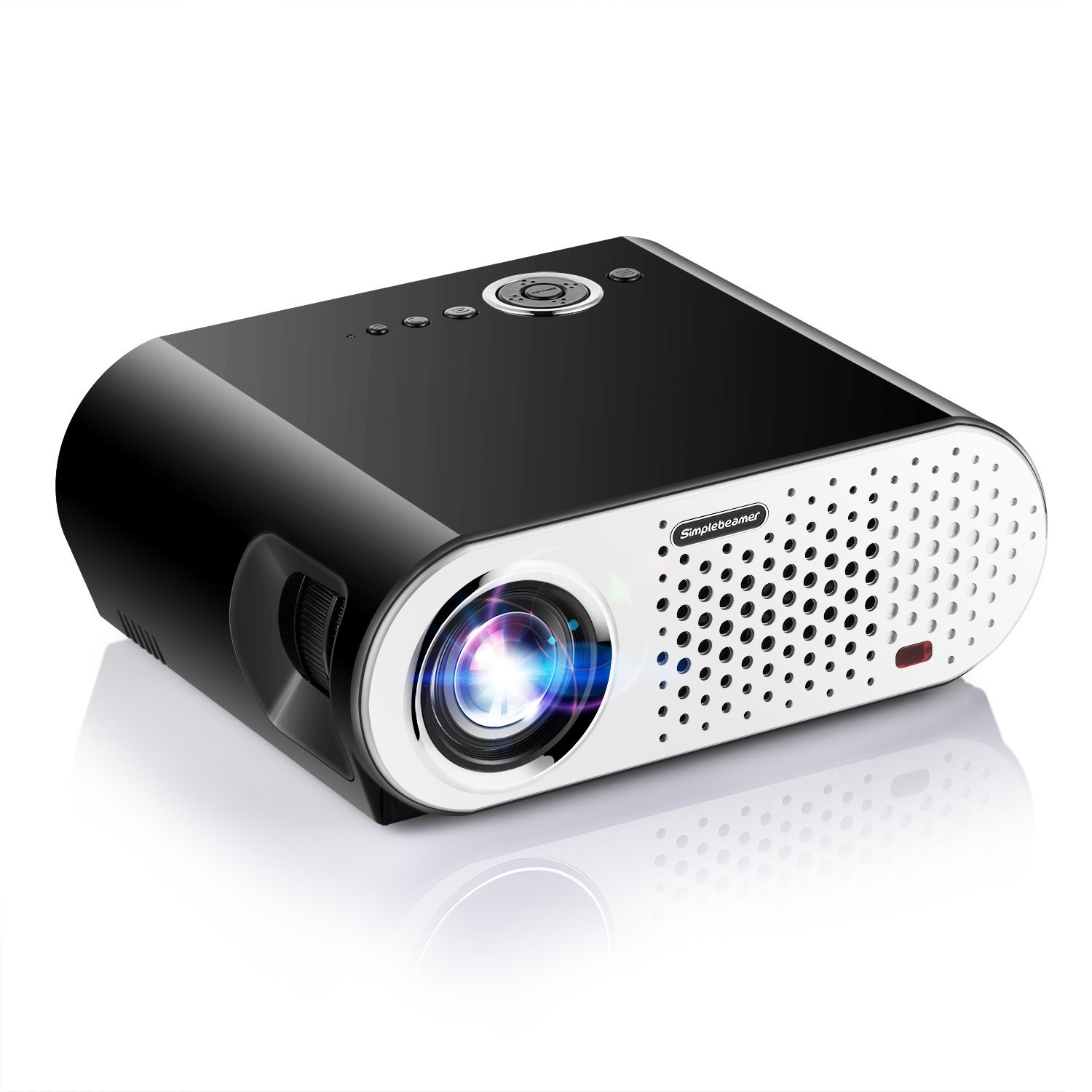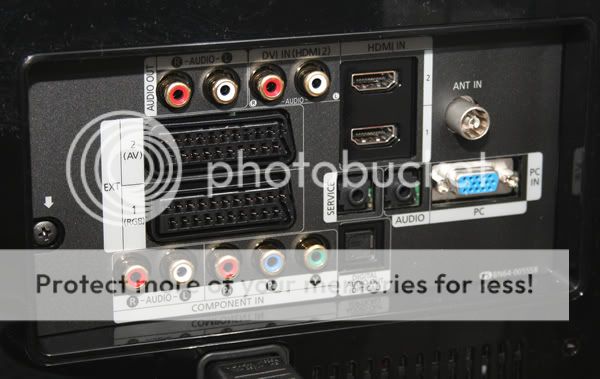

Also, DVI cables to do not support audio either, so you still need a separate cable for that.ĭVI cables are also a bit complicated as you have DVI-I (Single Link), DVI-I (Dual Link), DVI-D (Single Link), DVI-D (Dual Link) and DVI-A. DVI cables used to be expensive, but now you can get them for $5 to $10 online. Of course, your computer will need to have a DVI connection and your TV will need to be an HDTV. The digital signal will give a higher quality picture than either S-Video or VGA.

DVIĭVI stands for Digital Visual Interface with “digital” being the key word there. VGA cables do not support audio, just like S-Video cables. Also, as with the S-Video cable, VGA cables are very cheap. In terms of picture quality, VGA is bette than S-Video. Most desktops still support VGA and have VGA ports on the back. Again, you’ll still find the port on HDTVs and monitors, but not on laptops.

VGA, like S-Video, was another common port found on all laptops and TVs/computer screens back in the day. DVI and HDMI are best suited for HD signals. Also, S-Video ports do not support audio, so you’ll have to buy a separate cable for that purpose. S-Video picture quality is moderate and does not support high-definition video. Most laptops and PC’s are equipped with a 7-pin port, so if your TV only has a 4-pin S-Video port, then this method will not work or you’ll have to get an adapter. Remember, there are two types of S-Video cables: 4-pin and 7-pin. Nowadays, it’s rare to find a laptop with an s-video port, though lots of moderns TVs still include the port. Five years ago, this used to be the most common method for connecting a laptop to a TV because S-Video cables are cheap and just about every laptop and TV back then had a S-Video port.


 0 kommentar(er)
0 kommentar(er)
